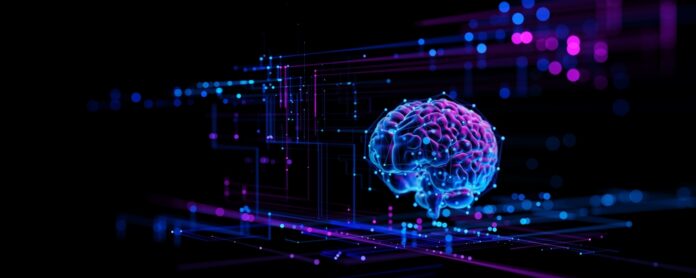Best Data Sources for RAG in AI and LLMs
Organizations can leverage storage arrays, data lakes, backup stores, and data managers as proprietary data sources for RAG in AI and LLMs.

Analysis: Organizations are increasingly using proprietary data sources to enhance the performance of large language models (LLMs) and AI agents through retrieval-augmented generation (RAG). These sources include storage arrays, data lakes, backup stores, and data management catalogs. Here’s a breakdown of the options and their comparative advantages.
The Need for Proprietary Data
LLMs and AI agents excel at processing unstructured data like text, audio, images, and video. However, their initial training on general datasets limits their effectiveness for organizational use. Access to proprietary data—scattered across datacenters, edge sites, public clouds, SaaS apps, and more—can significantly improve their outputs.
Four Key Data Sources for RAG
-
Storage Arrays: Vendors like Dell, HPE, NetApp, and VAST Data are integrating Gen AI support. Fabric-connected arrays with global namespaces offer broader reach, but their scope is limited to their own systems unless connectors are used.
-
Databases/Data Warehouses/Lakes: These range from specialized vector databases (e.g., Pinecone, Zilliz) to multi-modal solutions like SingleStore. Data lakes and lakehouses, such as Databricks, are evolving to support AI pipelines.
-
Backup Stores: Backup vaults from Cohesity, Commvault, and Rubrik store historical and near-real-time data. All-flash vaults are ideal for speed, while tape is impractical. These vendors are expanding features to capitalize on their RAG potential.
-
Data Managers: Tools like Komprise and Datadobi index and catalog data across multiple storage systems. They can interface with AI pipelines, though most don’t store data directly. Partnerships with data lake vendors (e.g., Hammerspace and Snowflake) enhance their utility.
Other Considerations
- SaaS Apps: Platforms like Salesforce are siloed but can be accessed via backup vendors.
- Vectorization: Central RAG sources must support vector storage and semantic search capabilities.
Conclusion
No single solution dominates, but organizations can evaluate storage arrays, databases, backup stores, and data managers based on their IT infrastructure. As vendors continue to innovate, the best approach will depend on the breadth and accessibility of proprietary data needed for AI and LLMs.
Related News
AWS extends Bedrock AgentCore Gateway to unify MCP servers for AI agents
AWS announces expanded Amazon Bedrock AgentCore Gateway support for MCP servers, enabling centralized management of AI agent tools across organizations.
CEOs Must Prioritize AI Investment Amid Rapid Change
Forward-thinking CEOs are focusing on AI investment, agile operations, and strategic growth to navigate disruption and lead competitively.
About the Author

Alex Thompson
AI Technology Editor
Senior technology editor specializing in AI and machine learning content creation for 8 years. Former technical editor at AI Magazine, now provides technical documentation and content strategy services for multiple AI companies. Excels at transforming complex AI technical concepts into accessible content.